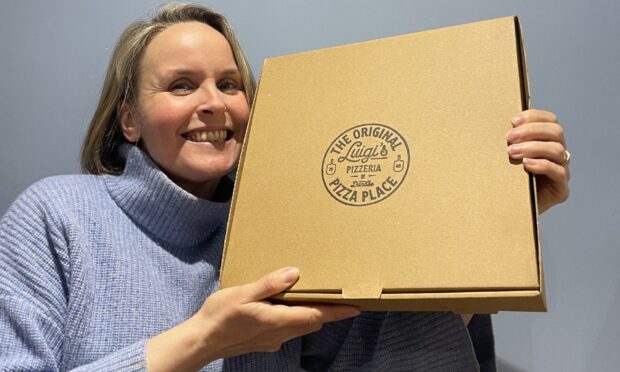Fans of big-name malts will have noticed a subtle change in their bottles and labels in recent years.
With honourable exceptions, nearly all single malts have abandoned age statements — the long-familiar 10-year, 12-year or 15-year labels— and replaced them with fancy words such as Amber, Legacy, Pure Gold or Ancient Oak.
That means you no longer have any idea what age the malt is, although the price tag has largely remained the same, or gone up. This is a not-too-subtle way of reducing the age in the single malt in the bottle but (hopefully) leaving the drinker none the wiser.
To be fair, age is not the only factor that produces a good malt. I have drunk some three-year-olds that were smooth and subtle and sipped malts well into their teens that were, frankly, mediocre. But it’s a general rule that age doth improve the malt and will gladden the heart of him that drinketh it.
This shift to no-age-statement (NAS) malts is not just irking customers. It also irks some retailers who feel the best malts are now for export or duty-free only and lesser stuff is being supplied to the home market. In part that can be blamed on the UK’s high excise duty but the main cause is the soaring global demand for good malts that was unforeseen in the early 2000s when many distilleries worked perhaps one shift five days a week, rather than 24/7 that many do today.
The end result is that malts that were long the bedrock and yardstick of the whisky world — such as The Macallan 10-year-old and Glenlivet 12-year-old —have disappeared and may never surface again. Also prices for ever-rarer older malts (such as 15 and 18-year-olds) that were quite reasonable a few years ago have soared into the stratosphere, some now into three figures.
That said, there are still some very drinkable malts—and blends—with age statements at prices that don’t break the kitty or melt the credit card. And never shun unnamed single malts from the supermarkets. Some are so-so but many are excellent if you don’t mind drinking Glen Incognito.










